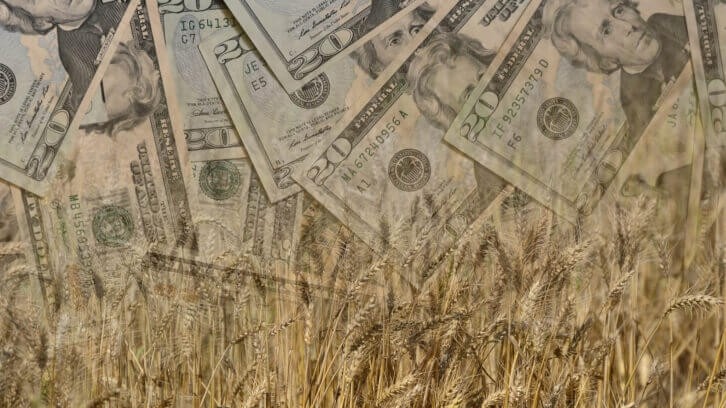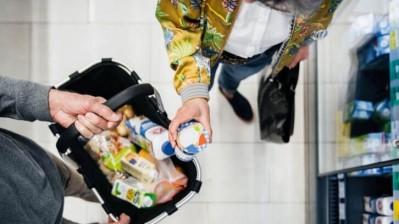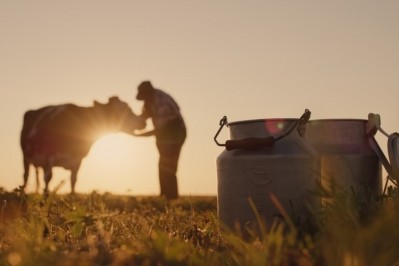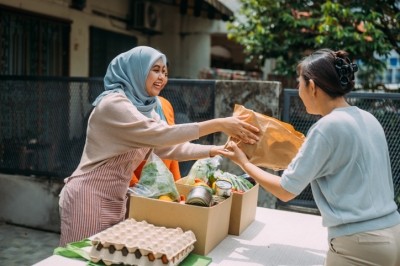Funding SNAP and farm programs are mutually beneficial, policy makers and experts say

"Change in Republican leadership, potential government shutdowns and the inability to pass the Agricultural Appropriations bill have injected uncertainty into the process and unfortunately slowed our work," House Agriculture Committee Ranking Member David Scott said a statement during the full committee hearing.
House Republicans want deeper SNAP cuts, including stricter work and work-reporting requirements, and claim SNAP funding interferes with other farm programs.
Scott countered SNAP will “strengthen America’s farmers, invest in sustainable agriculture, revitalize rural America, lower costs for farmers and families and improve equity.”
His argument echoes that in a 2023 blog post by Dottie Rosenbaum, senior fellow and director of SNAP policy, which claims SNAP’s share of farm bill spending does not divert funding for farm programs. Rosenbaum wrote, “Any projected increase in SNAP spending does not take away from support for farmers. The Congressional Budget Office’s (CBO) … forecasts for SNAP spending have no bearing on projected farm program spending.”
USDA’s Economic Research Service (ERS) 2019 analysis reported that a hypothetical $1bn in additional SNAP benefits would result in an increase of $1.54bn in GDP, a 54% increase from new benefits, and an additional $32m in agricultural income and 480 full-time agricultural jobs – underscoring the economic risk of funding cuts to SNAP and its impact on other farm bill programs.
Scott also argued there is no need to divest funds from programs in the Inflation Reduction Act to pay for other farm bill programs, as proposed by Republicans, because the Congressional Budget Office estimates the overall cost of SNAP should be $67bn less than originally expected over the next decade.
Improving parity between fresh and frozen produce for SNAP recipients
Rep. Jasmine Crockett (D-Texas) commended USDA on its “repeated commitment across the USDA leadership to supporting nutrition programs that serve all Americans regardless of their circumstances.”
However, despite these efforts, Crockett said there is a lack of parity between frozen and fresh vegetables under the current GusNIP and produce prescription programs. She introduced the bipartisan SHOP Act alongside Rep. Mark Alford (R-Mo.), which would expand the program to include frozen fruits and vegetables, particularly in underserved communities where fresh produce is often limited.
“I’m concerned by this because we know that frozen is better often for folks who most need nutrition assistance because it keeps for longer and provides more variety … we should have parity between fresh and frozen,” Crockett expressed.
While the current GusNIP program promotes produce from farmer’s markets, the proposed SHOP Act would amend the program to promote or incentivize frozen product consumption for SNAP recipients; as well as expand the USDA’s Prescription Produce Program to include frozen fruits, vegetables and legumes along with fresh produce, as reported previously by FoodNavigator-USA.
















